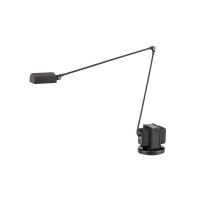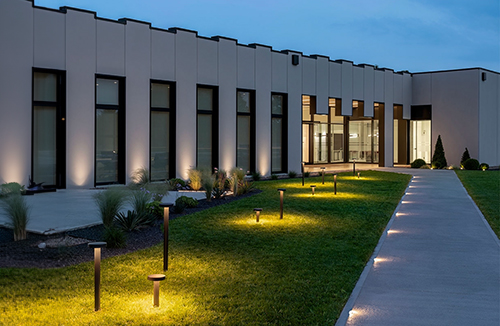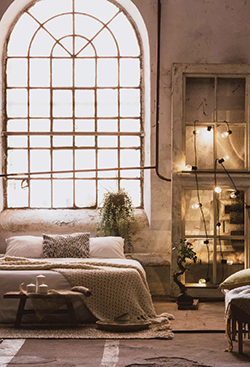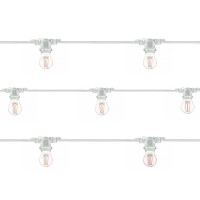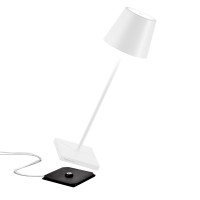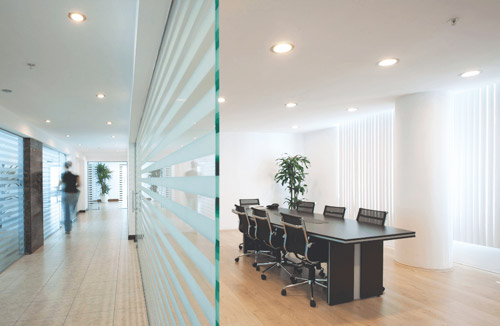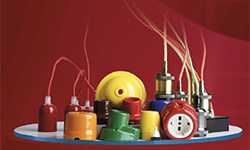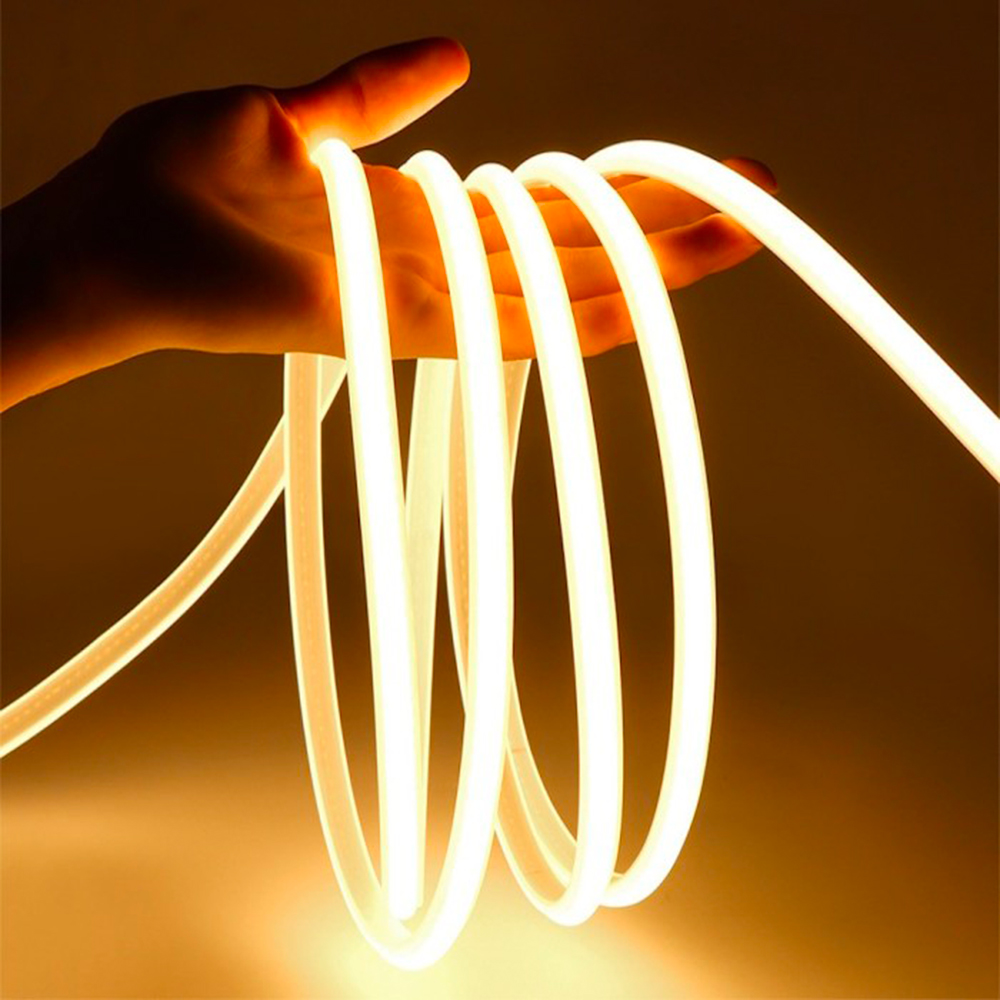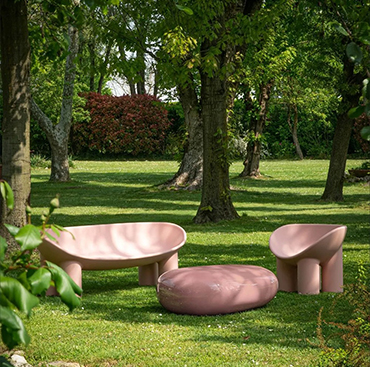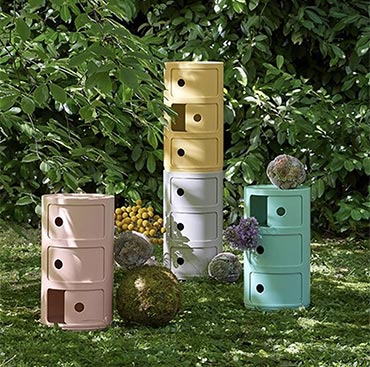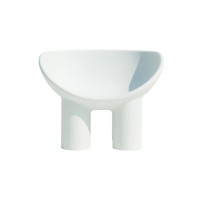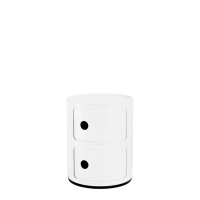A well-lit work context is crucial for promoting productivity, concentration and general well-being. Creating an effective lighting system is therefore fundamental and is not limited to choosing good quality lamps.
It is in fact a process that involves various elements, including spaces, dimensions, colors of lights and furnishings.
In this comprehensive guide, we will therefore look in detail at the best office lighting, how to optimize the light and maximize comfort and efficiency.
Office lighting: space evaluation
Before diving into choosing lamps, it is essential to carry out a thorough assessment of your workspace. To do this you need to carefully analyze the different areas and identify the specific lighting needs of each.
For example, your desk may require brighter light than surrounding areas used for less focused activities. Therefore, positioning it near a point of natural light, such as a window, could be optimal, on the contrary, shelves, bookcases and relaxation areas can also benefit from less external lighting.
Find more tips on how to design interior lighting in this article!
Office lighting: large spaces
The size and height of the room are crucial factors in determining the type of lighting needed. In larger spaces for example, it is advisable to use multiple light sources strategically positioned to ensure uniform distribution of light.
In this case, use diffused ceiling lamps or light panels to spread the light evenly. These light sources can then be integrated with ambient lighting systems to create a welcoming atmosphere.
Discover our ceiling lamps!
Another option is to use pendant lamps. These lamps not only add a decorative touch, but also bring light closer to work spaces. Then make sure that the length of the lamps is proportionate to the height of the ceiling for a balanced visual impact.
Choose your pendant lamp among all these options!
In addition to general lighting, it is also important to integrate directional desk or floor lamps, so as to provide the necessary lighting in specific work areas. Finally, remember to position these lamps strategically to minimize unwanted shadows and concentrate the light on the activities carried out.
Here are our table lamps!
Do you prefer floor lamps? You can find them at this link!
When it comes to furnishing large spaces, opt for impressive furniture that fills the space without weighing it down, and choose "statement" pieces that attract attention and become focal points.
Office lighting: small spaces
In smaller spaces, however, the situation is different and it is important to study the space well so as not to create a sense of closure or excessive heaviness.
So make the most of natural light and use light or sheer curtains to maximize light entry during the day. Mirrors and reflective surfaces can also help make a small space appear larger. Then place them strategically to reflect light and create a sense of openness.
You can find many mirror ideas at this link!
As regards lighting, however, it must be focused, to avoid an excessive feeling of closure, and directional so as to concentrate the light where it is needed without visually overloading the area.
You can also opt for compact or hanging lamps to save space, because they do not take up the surface of the desk or the floor. Speaking of furniture, however, use tall furniture to take advantage of the vertical space and which is not heavy, and hang shelves to maximize storage space without taking up the floor.
Don't miss our space-saving shelves!
Office lighting: high spaces
In a context with high ceilings, the use of pendant lamps is an effective way to illuminate the main work areas and also to furnish and decorate the context. As for style, opt for a design that fits in with the overall look of the room, balancing form and function.
It then takes advantage of both direct and indirect light, direct light is used for lighting activities, while indirect light can be obtained with spotlights oriented towards walls or ceilings, to spread the light more uniformly.
In addition to this, also consider installing lights along walls or vertical structures, so as to make the most of the vertical space. This helps compensate for the distance between the ceiling and the floor, ensuring better lighting throughout the room.
Regarding furnishings, use bookcases or large wall furniture, they will help create a sense of fullness.
We also have many bookshelfs to choose from!
Office lighting: low spaces
In spaces with low ceilings, however, recessed LED lighting can be an ideal choice. In fact, these lights integrate perfectly into the ceiling, offering uniform lighting without taking up visual space. Then use directional spotlights to concentrate the light where it is needed, you can install them on adjustable tracks or on movable surfaces to adapt to specific needs.
Here are the best recessed LED spotlights for you!
As with small spaces, even in low spaces, mirrors and shiny surfaces can help create a feeling of height and spaciousness. Therefore position them in the best possible way to reflect the light and spread it throughout the space.
Speaking of interior design, opt for low profile and not large furniture, so as not to visually weigh down the space.
Office lighting: colors of light
The color temperature of light has a significant impact on the atmosphere of your workspace. Lights with a cooler color temperature, between 5000 and 6500 Kelvin, tend to be more energizing and are ideal for activities that require more concentration, such as writing on the computer or reading.
On the contrary, the warmer color temperatures, between 2700 and 3500 Kelvin, create a welcoming and relaxing atmosphere, perfect for entrance halls or informal meetings.
A combination of both temperatures can therefore be used to adapt to the different activities carried out during the day within the work office.
Do you want to know more about the Kelvin scale? Find an in-depth article here!
Office lighting: adjustable brightness
We start from the assumption that adaptability is fundamental when it comes to office lighting. In fact, opting for lamps with adjustable brightness will allow you to customize the lighting according to your needs.
This feature is especially valuable during long work sessions, allowing you to reduce or increase brightness based on your level of eye strain or the specific needs of the task at hand.
Office lighting: positioning of lights
Strategic placement of lights is critical to ensure even light distribution without unwanted shadows. Direct overhead lights can reduce shadows on your desk or work surfaces, while diffuse lights can provide more uniform light throughout the room.
Then explore different placement options to determine the optimal layout that best suits your specific needs.
Office lighting: decor and light reflection
The decor of the room can significantly influence the distribution of light. For example, light surfaces tend to reflect light, helping to spread it evenly throughout the environment. Conversely, dark surfaces can absorb light, requiring more lighting to compensate. So consider the effect that the shades of the walls, furniture and floors can have on your overall lighting, based on the effect you want.
In conclusion, creating effective office lighting for your workspace requires a thoughtful approach that pays attention to several factors. Careful lamp selection, strategic placement, brightness adjustment and consideration of the context elements are all crucial steps to ensuring a well-lit work environment.
But by following this guide, you will be perfectly able to create an enlightened work environment that meets your specific needs.
If you have any questions, don't hesitate to contact us on our Diffusione Luce website!
Written by Alice Pruccoli






